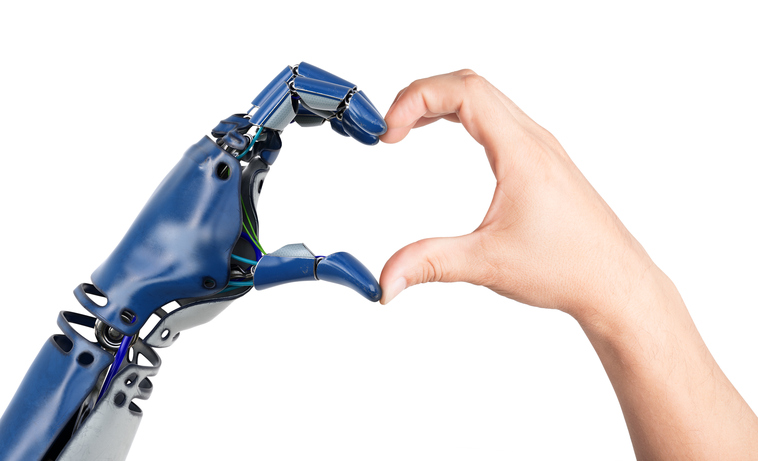
A team of bioengineers from Boston Children’s Hospital have recently created a robot that can navigate independently inside the body. This robotic catheter was programmed to maneuver along the walls of an animal heart (swine) with no human guidance in a model of cardiac valve repair.
Published in the journal Science Robotics, this study was led by Pierre Dupont, PhD, chief of Pediatric Cardiac Bioengineering at Boston Children’s Hospital, and marks a significant milestone in integrating robotics into surgery. Surgeons have been operating robots through controllers in procedures for several years and magnetism has been shown to steer tiny robots through the body; however, Dupont states this is the first documented study in which a robot successfully self-navigated through the body.
This robotic catheter utilized an optical touch sensor to navigate within the body. This sensor, created in Dupont’s lab, made use of preoperative scans and a layout of the cardiac structure to successfully direct the robot. This sensor also utilizes AI and image-trained algorithms to properly navigate to where it needs to be in the heart.
The technique conducted in the study was paravalvular aortic leak closure, a procedure that repairs replacement heart valves that have begun leaking. This procedure is very technical and demanding on the surgeon, and use of a robotic catheter that can autonomously find the leak greatly facilitates the operation. When the robotic catheter self-navigated to the exact location of the leak, a cardiac surgeon took over to properly seal the leak.
In multiple trials, the robotic catheter was able to successfully maneuver to the heart valve leaks in roughly the same amount of time it takes a trained surgeon. Dupont and colleagues feel that autonomous robots could greatly assist surgeons in complicated procedures, allowing surgeons to focus more on the challenging aspects of the operation.
“The right way to think about this is through the analogy of a fighter pilot and a fighter plane,” Dupont explained. “The fighter plane takes on the routine tasks like flying the plane, so the pilot can focus on the higher-level tasks of the mission.”
The optical touch sensor on the catheter uses a ‘wall-following’ technique, sampling its surroundings in a manner similar to a rodent using its whiskers. The sensor then informs the catheter whether it is in contact with blood, the heart wall, or a valve using images from a camera in its tip and a pressure sensor.
Preoperative imaging and AI-algorithms assisted the catheter in interpreting images through its camera. This allowed it to move from the base of the heart, along the left ventricular wall, and around the leaking valve until it found the leak.
“The algorithms help the catheter figure out what type of tissue it’s touching, where it is in the heart, and how it should choose its next motion to get where we want it to go,” Dupont said.
Dupont also claimed that the robotic catheter’s navigation system could eliminate the need for fluoroscopic imaging, which exposes patient’s to harmful ionizing radiation.
The research team hopes that eventually, autonomous surgical robots will create a collection of data that can be used to continually improve their performance. They compare this to self-driving vehicles reporting data back to Tesla to help improve the algorithms that make them autonomous.
“This would not only level the playing field, it would raise it,” said Dupont. “Every clinician in the world would be operating at a level of skill and experience equivalent to the best in their field. This has always been the promise of medical robots. Autonomy may be what gets us there.”
Self-guided robot may assist heart surgeons https://t.co/dPL3K3LKfY via @upi
— Ian Weissman, DO (@DrIanWeissman) April 27, 2019
READ MORE: Using Robotics and AR to Help Those With Motor Impairments
Source: Science Daily, Boston Children’s Hospital







 © 2025 Mashup Media, LLC, a Formedics Property. All Rights Reserved.
© 2025 Mashup Media, LLC, a Formedics Property. All Rights Reserved.